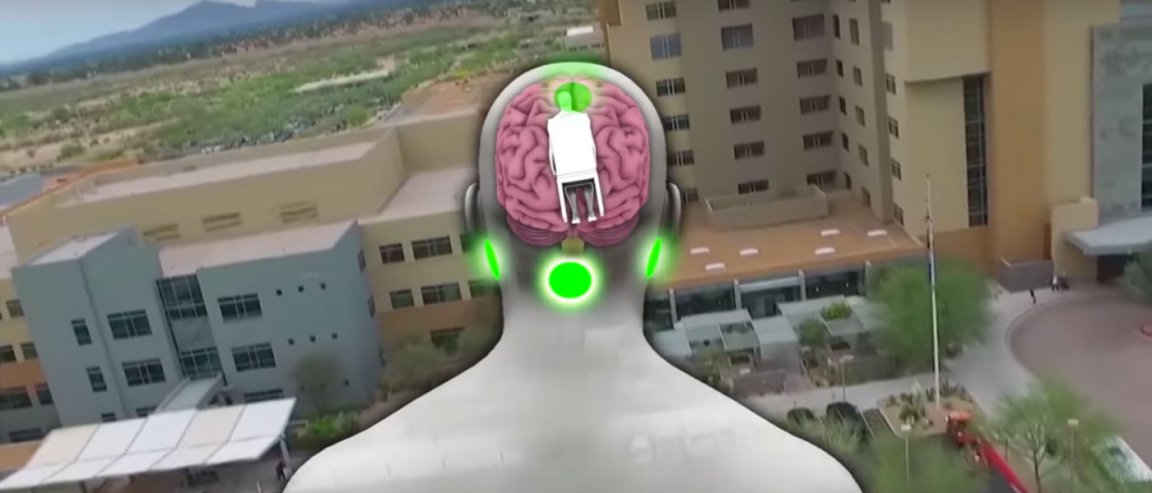
Galvanic Vestibular Stimulation
Virtual reality is just beginning to hit the mainstream in a big way, and these first few years will be crucial in relation to how people will adapt to (and accept) this new experience. One particular bump on this road is motion sickness, as our brains aren’t yet well equipped to process the visual information delivered through virtual reality (VR).
And widespread discomfort in initial user experiences with VR could derail its mainstream success.
This motion sickness could stem from a disconnect between users’ visual perceptions of motion from the images projected from the VR headsets and their inner ears, which tells your brain that you’re just standing still. In single instances, this mismatch wouldn’t be a problem, but prolonged exposure to VR could cause serious discomfort.
This is what entertainment technology company vMocion is addressing with the use of Galvanic Vestibular Stimulation (GVS) technology licensed from the Mayo Clinic. The technology was developed by the clinic’s Aerospace Medicine & Vestibular Research Laboratory over a decade.
How It Works

The GVS works by tricking a user’s inner ear to perceive motion by using strategically placed electrodes. When timed perfectly within a VR system, it will add another layer of immersion for users by simulating a sense of movement detected only by the inner ear. You would get a real sense of movement within the VR system.
Four electrodes are placed on the VR headset—one behind each ear, another on the forehead, and the other on the back of the neck. These are “all linked in real-time so that any movement in the visual field launches a synchronized GVS command,” says Dr. Michael Cevette, chair of the audiology department at the Mayo Clinic.
GVS was first developed by the United States Defense Department for use in helicopter simulators as a way to simulate rotor failure realistically.

Samsung also showcased GVS technology, when the company showed off their Entrim 4D headphones at SXSW. Although they come from the same development, vMocion’s version of the GVS technology is as different from Samsung’s as the Gear VR is different from the Oculus Rift, says Cevette
“It enhances your immersion because not only are you seeing and anticipating how you would feel, but you actually feel the motion because the inner-ear is stimulated consistently with how you would expect,” he adds.